LISTEN ON YOUR FAVOURITE PODCAST PLATFORM
OR LISTEN RIGHT HERE:
LISTEN TO THE FULL EPISODE
LISTEN TO THE shorter version
We are both biologists and a little bias toward the deep-sea critters, but the deep ocean contains a wealth of geological discoveries, after all, it is the geology which creates the deep sea.
We catch up the latest news, including life discovered 100s of km under the ice, slowing water currents, vampire squid history and the rules of naming something new, be it a species or an undersea feature.
We then have a chat with geologist and explorer (and friend of the show) Heather Stewart of the British Geological Survey about the geology of the deep sea and how we produce maps of the ocean floor. Why do people talk about how little of the ocean has been mapped when we can clearly see it is all mapped on google earth? Where is that data from?
The vessel tracks that make up our high-resolution seabed data
What about some of the more unusual features that we see on the deep seabed in Google Earth, are those roads and pyramids? I have a chat with ‘my mate Dave™’, David Howell, about marine archaeology and looking for sunken human settlements.
Finally, we hear from Don Walsh, who recollects the time he used the bathyscaph Trieste to deploy devices to listen out for nuclear tests.
Feel free to get in touch with us with questions or you own tales from the high seas on:
podcast@armatusoceanic.com
Read the show notes and find out more about us at:
www.armatusoceanic.com
Abstract interpretation of large geological features demonstrating the different approaches to those on land than at sea, showing (a) the Mariana Trench with bathymetric colour ramp and 5x vertical exaggeration, (b) the same map of the Mariana Trench with no vertical exaggeration and more realistic colouring. Below are the equivalent treatments of Mount Everest with the colour ramp and 5x exaggeration and (c) and the equivalent in more realistic settings (d).
Links
Fossil evidence of vampire squid
Plastic waste as biodiversity hotspots
New species without holotype (of the many papers you can read on this):
Here is a great tool where you can see the direct and satellite global data
Credits
Theme – Hadal Zone Express by Märvel





